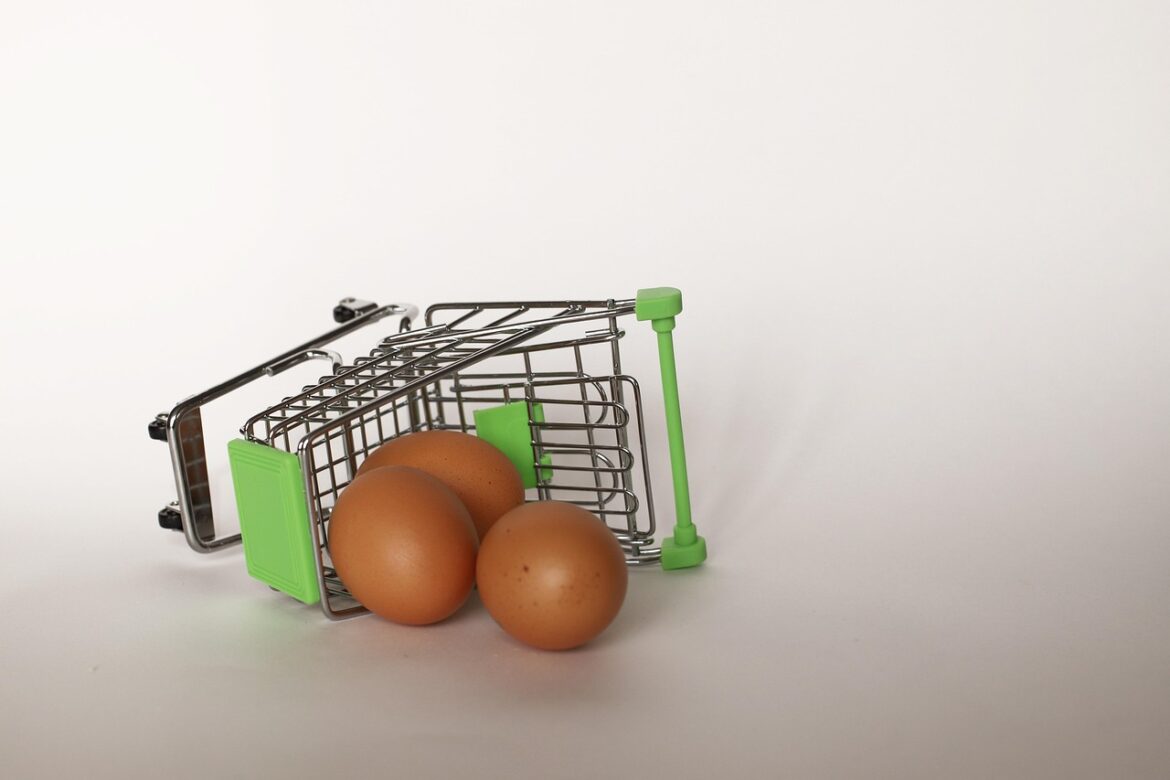= Greening Grocery: Trends in Corporate Sustainability =
Imagine stepping into a grocery store where aisles stretch further than plastic wraps, and your shopping basket supports local communities more than ever before. This isn’t just a fantasy; it’s the new reality in grocery retail. More and more stores are turning green, and here’s why:
1. Reducing Plastic Waste
Jimbo’s, a small but influential natural foods grocer, is leading the way by introducing plastic-free aisles and refill stations. Their mission isn’t just about looks; it’s about slashing waste and creating a greener shopping experience. By ditching plastic, Jimbo’s proves that even the smallest players can make a big environmental impact.
2. Sustainable Farming Practices
Natural Grocers is another champion of sustainability. They ditched plastic bags back in 2009, saving over 550 million bags from ending up as waste. Additionally, they only stock organic produce and partner with the Rodale Institute to support regenerative agriculture—the kind of farming that heals the earth rather than harming it. Natural Grocers’ approach shows how grocery stores can both feed people and protect the planet.
3. Community Philanthropy
Albertsons, a major supermarket chain, is shifting focus towards community initiatives. They offer gift cards, grocery baskets, and volunteer time for local nonprofits. This approach not only boosts goodwill but also reflects the company’s commitment to supporting those who need it most. By giving back, Albertsons demonstrates that grocery shopping can be both practical and caring.
4. Energy Efficiency
Larger chains like Walmart and Kroger are making strides in energy efficiency. They invest in renewable energy sources and optimize supply chains to reduce emissions. These efforts aren’t just good for the planet; they also make business sense by cutting costs and increasing investor appeal.
5. Navigating Challenges with Technology
Independent grocers face tough competition due to rising tariffs and supply chain disruptions. However, AI is becoming a lifeline for these smaller stores, helping them predict demand, manage inventory, and optimize operations. By leveraging technology, small grocers can remain competitive and continue to contribute to their local communities.
Key Trends at a Glance:
- Sustainability: Plastic-free aisles, organic produce, and partnerships for regenerative agriculture are on the rise.
- Community Support: Philanthropy and volunteer programs are boosting store reputation and community relations.
- Energy Efficiency: Investments in renewable energy and supply chain optimization reduce emissions.
- Digital Solutions: AI helps small grocers navigate supply chain volatility.
As grocery stores become greener and more tech-savvy, consumers benefit from better products, lower emissions, and a bigger role in shaping a more sustainable future. Whether it’s a small natural chain or a global supermarket giant, the trend is clear: greening grocery is not just good for the planet—it’s good business too.
References:
- https://www.newhope.com/retailers/how-one-small-grocer-is-making-big-moves-in-sustainability
- https://doublethedonation.com/page/4/?pagenum_companylist=10&totalrows_companylist=244&companyname&search=search
- https://storychief.io/blog/ad-headlines
- https://www.innovamarketinsights.com/trends/grocery-retail-trends-in-the-us/
- https://www.markford.net/category/just-one-thing/
- https://www.puzl.ai/post/grocery-retail-survival-guide-for-small-grocers-facing-rising-tariffs-2025
- https://www.tandfonline.com/doi/full/10.1080/15528014.2025.2480483?src=exp-la
- https://www.mckinsey.de/~/media/mckinsey/locations/europe%20and%20middle%20east/deutschland/news/presse/2025/2025-04-08%20state%20of%20grocery/the-state-of-grocery-retail-europe-2025.pdf



